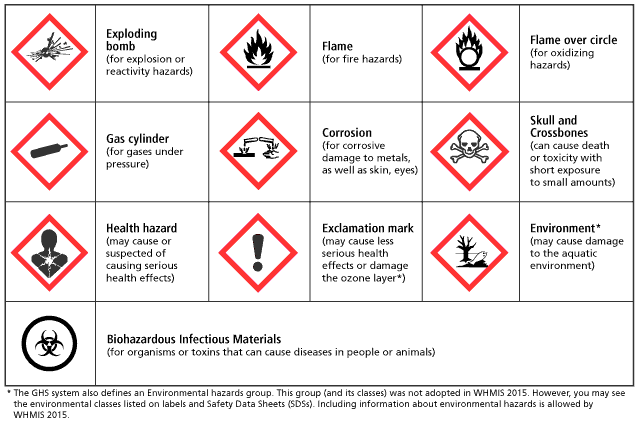How to read a GHS chemical label
Read Time: 2 minutes
Chemicals are a part of our day-to-day life. They are in our homes, our clothes, our cars and even in our food. So it is important that the hazardous properties of chemicals are readily available not only to help safeguard people but also the environment.
This is why GHS labels are essential.
What are GHS labels?
Developed by the United Nations, GHS labels are a logical and comprehensive approach to providing safety information about chemicals such as:
health, physical and environmental hazards
protective measures to ensure products get used in the safest way possible
How to read a GHS label
GHS-compliant labels typically contain six main elements. Let’s break them down.
1. Product Identification
This element of the GHS label is typically placed in the top left-hand corner of the label and is used to identify the hazardous chemical/ingredient in a product.
2. The signal word
A signal word helps to notify the severity of the hazard. There are only two words that hold this place on the label: “Danger” (severe) or “Warning” (less severe).
3. Hazard Statements
Hazard statements are standardized GHS statements that illustrate the degree and the nature of the hazard (physical, health or environmental).
Statements to describe physical hazards include:
Unstable explosive
May mass explode in fire
Extremely flammable gas
Self-heating; may catch fire
Contains gas under pressure; may explode if heated
May be corrosive to metals
Statements used for health hazards:
Toxic if swallowed
May be harmful in contact with skin
Causes severe skin burns and eye damage
Causes serious eye damage
Harmful if inhaled
May cause respiratory irritation
May cause genetic defects
Suspected of causing cancer
Environmental hazards:
If a company needs to communicate information about environmental hazards, the label needs to contain a hazard statement disclosing the potential effects of each substance on the aquatic environment. Examples include: very toxic to Aquatic life, or may cause long-lasting harmful effects to Aquatic life.
4. Pictograms
Pictograms are a set of symbols with a red border that visually illustrate the hazards of a chemical, making this a universally readable label. There are a total of 9 possible pictograms:
Explosive
Flammable
Oxidizer
Gas Under Pressure
Corrosive
Acute toxicity
Ozone layer hazard, harmful
Health hazard
Environmental hazard
Below is a chart depicting and describing the approved pictograms for GHS Labels:
5. Precautionary Statements
Precautionary statements are instructions about minimizing exposure to and reducing the risk of harm from a chemical. The four types of precautionary statements are:
Prevention: how to minimize exposure
Response: what to do in case of exposure
Storage: detailed storage requirements for a chemical
Disposal: how to dispose of a chemical properly
6. Manufacturer/Supplier information
Every label must share the contact information (name, address and phone number) of a chemical manufacturer, supplier or importer. Doing so enables users to find out more about a chemical in case of an emergency.
GHS label compliance
Although GHS requirements may seem stringent, there are few regarding label design. Here are the label design specifics to follow:
All information must be entirely legible
All printed information should be written in the language(s) of the country the product is placed in
Printed information can include other languages, if necessary
The label must be large and prominently displayed on the outside of the container
Must be revised within 6 months if the producer/manufacturer becomes aware of new information that could affect GHS/HazCom compliance
There you have it!
Now that you have a better understanding of the elements of a label and why they are so important, you can put them into practice. At Yordas, our team can help take the stress out of producing GHS-compliant labels. Contact us today to learn how Yordas can assist you in meeting your labelling needs. You can also watch our Introducing the newest updates to GHS around the globe webinar to learn more about the GHS, its implementation across the globe and all relevant regulatory updates.

